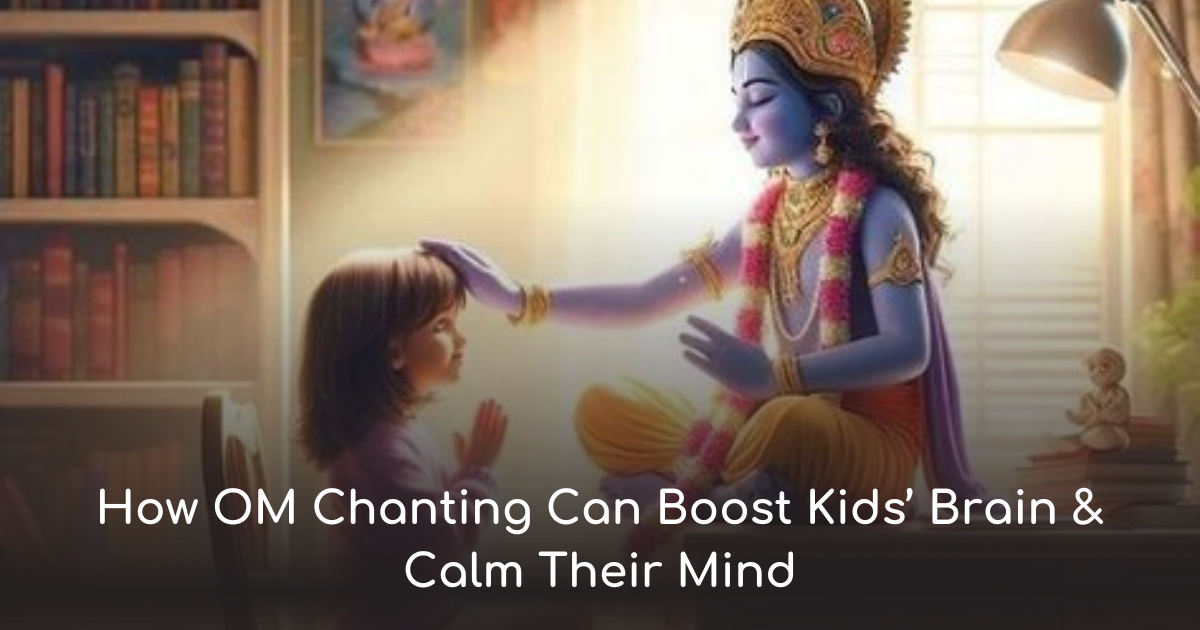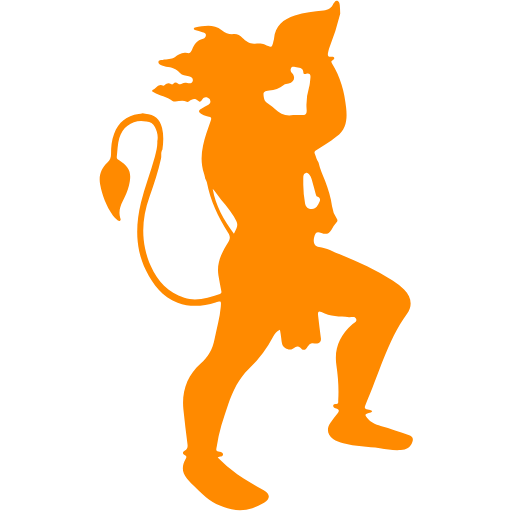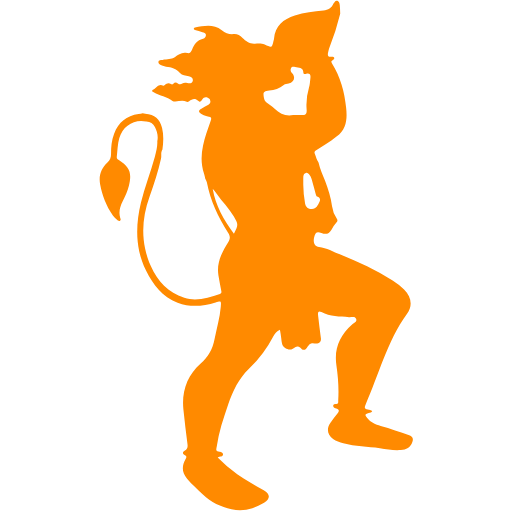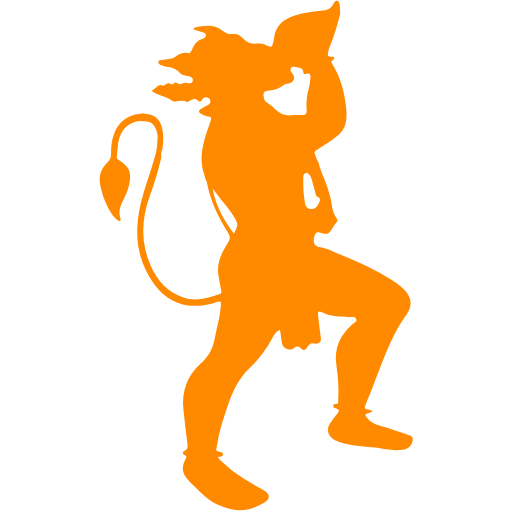how om chanting can boost kids brain & calm their mind

OM for Kids and Students: Ancient Wisdom for Modern Young Minds
OM for Kids and Students—have you ever wondered how a sacred sound, chanted for thousands of years, could be the most powerful tool for your child’s focus, emotional balance, and learning?
In an age of digital overload, exam anxiety, and emotional restlessness, is it possible that an ancient vibration could realign your child’s mind and spirit?
The answer is a resounding Yes.
And the key lies in the timeless syllable — OM (ॐ).
“Chanting OM is not just an exercise for the voice. It’s nourishment for the soul.”
— SanatanYug Wisdom
In this article, you will not only understand how OM enhances brain power in children, but how it instills calmness, focus, and spiritual confidence through a practice rooted in Sanatan Dharma.
🌟 Why Our Children Need OM Today More Than Ever
Our kids are not weak — they are wired differently.
They are bombarded with:
-
Continuous digital stimuli
-
Competitive academics
-
Social pressures
-
Emotional disconnection from self
As a result, we see:
-
Attention spans shortening
-
Anxiety levels rising
-
Identity confusion growing
-
Spiritual values eroding
And so we must ask ourselves:
“Are we raising well-fed bodies but starved minds?”
“Are we giving them grades but not grounding?”
This is where OM for Kids and Students enters — not as a ritual, but as a rescue.
🧘♂️ OM Chanting Benefits for Young Minds and Soft Hearts
Science is finally catching up to what the rishis of Sanatan Dharma knew centuries ago: OM isn't just a sound — it’s a healing frequency that realigns body, mind, and soul.
Here’s what modern studies and ancient traditions both reveal:
🧠 1. Improves Brain Power in Children
-
OM activates the prefrontal cortex, boosting memory retention and problem-solving
-
Regular OM chanting leads to better exam performance, enhanced verbal skills, and mental clarity
🎯 2. Enhances Focus and Memory with OM
-
The deep vibration of OM brings the brain into alpha and theta states — the zones for peak focus and creativity
-
Ideal for kids struggling with distraction or hyperactivity
🌿 3. Cultivates OM and Peaceful Mind
-
OM reduces cortisol, the stress hormone, bringing emotional balance
-
Especially helpful for children with anxiety, aggression, or low confidence
“A calm child is not a quiet child. A calm child is a centered soul in motion.”
📿 Ancient Techniques for Kids from Gurukuls and Scriptures
Before there were schools, there were Gurukuls.
And before there were subjects, there was silence — opened by OM.
In Ancient India:
-
Children began each lesson by chanting OM three times
-
Teachers would reset attention through OM breaks instead of scolding
-
OM was the entry point to Sanatan Wisdom for Students
Scriptural Echo:
“Om iti brahma” — Brahman is OM.
– Taittiriya Upanishad
From this, we learn:
A child who chants OM, begins each day not with fear — but with faith.
🌈 The Emotional Intelligence Behind OM
Children often feel what they can’t express —
Fear of failure, comparison, overwhelm, unspoken grief.
OM works not through explanation, but vibration:
-
The A sound grounds them (Muladhara)
-
The U sound expands their creativity (Swadhisthana to Anahata)
-
The M sound silences their overthinking (Ajna to Sahasrara)
-
And the post-OM silence teaches surrender, peace, and connection
🌺 Daily OM Practice: A Simple Ritual That Changes Everything
Let’s make OM part of your child’s daily rhythm — as natural as brushing teeth or tying shoelaces.
Morning Practice (5 Minutes)
-
Sit cross-legged or comfortably in a chair
-
Hands in Namaste or on knees
-
Inhale deeply
-
Chant OM slowly (3–5 times)
-
End with a smile and whisper:
“Thank you, Divine within me.”
This small act, repeated daily, creates:
-
A strong energetic field
-
An emotionally stable mindset
-
A spiritually tuned child
🧒 A Soulful Story: Arya and the Power of OM
Arya was an 8-year-old boy who couldn't sit still in class. His parents tried everything — tutors, doctors, even punishments.
One day, his grandmother, a quiet Sanatani woman, asked him to sit with her each morning and chant OM five times.
At first, Arya giggled. By the 5th day, he sat longer.
By the 14th day, he chanted with joy.
By the 30th day, his teacher wrote:
“Arya is now more focused, calm, and joyful. Whatever you’re doing, please keep going.”
OM became his anchor, his mantra, and his friend.
🔗 Related Wisdom from SanatanYug’s OM Series
🔗 Read the first blog to discover the core power of OM:
👉 OM: Powerful Truths That Will Elevate Your Soul in 2025
🔗 Understand the difference between OM and AUM and when to use them:
👉 OM vs AUM: Powerful Secrets to Awaken Your Inner Light
In the next section, we will dive deeper into:
-
How OM activates chakras in children
-
Age-wise chanting methods and affirmations
-
The role of parents and teachers as dharmic guides
-
Integration of OM into school routines and classrooms
This section explores how OM works energetically through chakra activation, how to integrate OM into a child’s age-based routine, and how parents and teachers can become dharmic guides in this sacred journey.
🧘♀️ Vibrations and Chakras: How OM Energizes the Learning Mind
OM for Kids and Students is not just about peace — it’s about power.
That sacred power lies hidden in the chakras — the subtle energy centers that influence how a child thinks, feels, and grows.
When children chant OM, they unknowingly awaken the energy within each chakra — aligning their mental clarity, emotional stability, and spiritual grounding.
🔮 Chakra-Wise Impact of OM on Children
| Chakra | Activated By | Benefits in Kids |
|---|---|---|
| Muladhara (Root) | "A" | Security, discipline, and focus |
| Swadhisthana (Sacral) | "U" | Emotional expression, creativity |
| Manipura (Solar Plexus) | "U" | Confidence, drive, memory |
| Anahata (Heart) | "U" | Compassion, calmness |
| Vishuddha (Throat) | "M" | Communication, learning power |
| Ajna (Third Eye) | Silent pause | Concentration, wisdom |
| Sahasrara (Crown) | Vibration | Bliss, peace, spiritual connection |
“OM is not taught to children to make them religious.
It’s offered to help them return to their center.”
Through regular chanting, a child's energy system becomes balanced, leading to improved:
-
Mental wellness
-
Focus and memory with OM
-
Positive emotions
-
Reduced hyperactivity
📅 Daily OM Practice for Young Students: Age-wise Methods
The beauty of OM lies in its adaptability. Whether a child is 3 or 13, OM can be molded into a joyful, age-appropriate practice.
👶 Age 3–6: Playful Introduction
-
Start with 3 chants in the morning with parents
-
Use hand gestures (touch heart while chanting OM)
-
Sing OM with a soft smile, like a lullaby
-
Draw OM symbols and color them
👧 Age 7–12: Independent Exploration
-
Begin each study session with 5–7 OM chants
-
Introduce breathing exercises before chanting
-
Use simple affirmations:
-
“OM makes my mind clear.”
-
“OM gives me focus and peace.”
-
🧑 Age 13–17: Self-Guided Practice with Reflection
-
Chant 11 or 21 times in early morning or before bed
-
Introduce OM journaling: write OM 21 times
-
Use silent OM meditation for exam focus
“When OM becomes a habit in childhood, it becomes a shield in adulthood.”
👨👩👧👦 The Role of Parents and Teachers as Dharmic Guides
OM for Kids and Students is not about force — it’s about example.
Children do not learn OM from instruction alone.
They learn it from observation, vibration, and devotion.
🌸 How Parents Can Lead Spiritually:
-
Create a morning OM ritual (even 5 minutes)
-
Share bedtime OM chanting
-
Keep OM art, bells, or diya in study room
-
Use phrases like:
-
“Let’s chant OM for focus.”
-
“OM will help you feel better.”
-
📚 How Teachers Can Weave OM into School Routines:
-
Start class with 3 OM chants instead of shouting “Silence!”
-
Use OM in value education, yoga, and music class
-
Reward regular OM practice with positive reinforcement
-
Encourage journaling: “Write OM 11 times before tests.”
“A school that vibrates with OM raises not just toppers — it raises torchbearers of dharma.”
📜 Scriptural Guidance for OM in Education
From the Mundaka Upanishad:
“OM is the bow. The soul is the arrow. Brahman is the target.”
This is more than poetic — it's educational insight.
The soul (student) must be aimed properly. OM is the method.
From the Bhagavad Gita (Chapter 8, Verse 13):
“Uttering OM, the one syllable, and leaving the body, he attains the Supreme Goal.”
While this verse refers to moksha, it hints that OM has power to direct even death — so imagine its impact on life!
🧡 Interconnected Wisdom from SanatanYug’s OM Series
🪔 Missed the beginning of the journey?
🔗 Discover the core truths of OM:
👉 OM: Powerful Truths That Will Elevate Your Soul in 2025
🔗 Confused about OM vs AUM? Learn the difference and usage:
👉 OM vs AUM: Powerful Secrets to Awaken Your Inner Light
In the final section, you’ll learn:
-
Real-life stories of transformation
-
A full 30-Day OM Practice Calendar
-
15 Detailed FAQs for parents and teachers
-
A soul-touching closing message and action plan
This final section features real-life inspiration, a practical 30-day OM roadmap, and detailed FAQs to help parents, teachers, and spiritual seekers guide the next generation with clarity and compassion.
🌟 Real-Life Transformations: Children Healed by Sound
📖 Story 1: Meera, the Shy Thinker 🌸
Meera, a 10-year-old from Pune, was bright but extremely shy. Her teachers noticed that she rarely spoke, avoided eye contact, and often looked nervous. Her mother introduced a morning ritual of chanting OM for 5 minutes before school. After just three weeks, Meera started volunteering for school prayers, gained more confidence, and even led her class in a group OM session. Her quiet nature remained — but now, it echoed inner strength.
📖 Story 2: Arjun, the Hyper Soul 🔥
Arjun, 7, was a bundle of energy — often disruptive, easily distracted, and frustrated with studies. A wise yoga teacher in school began guiding the class in OM chanting daily. With consistency, Arjun’s concentration improved, and so did his behavior. His mother noted: “Arjun now studies peacefully — not like before, when we needed to threaten or bribe him.”
OM for Kids and Students works not because it changes the child, but because it helps the child rediscover who they are.
📅 30-Day OM Practice Calendar for Homes and Classrooms
Week 1: Introduction & Curiosity 🌱
-
Introduce OM with stories and fun drawings
-
Practice OM thrice daily with parents
-
Begin with “OM and Me” journal (drawings or simple notes)
Week 2: Routine and Enjoyment 🌼
-
Add hand gestures while chanting
-
Practice 5 OM chants before studies or bedtime
-
Play soft OM audio in background during play or study
Week 3: Inner Awareness 🌸
-
Practice 7–11 OM chants with closed eyes
-
Add breath awareness (inhale-pause-OM-exhale)
-
Encourage silence for 30 seconds post-chanting
Week 4: Confidence and Sharing 🌟
-
Invite kids to guide OM in class/home
-
Record their own OM chant and listen together
-
End with reflection: “What has OM changed in me?”
❓ FAQs on OM for Kids and Students
1. At what age should a child start chanting OM?
Children can start as early as 3–4 years, but only in a light, playful, and joyful manner. It’s important not to enforce discipline too early. Instead, make OM feel like a fun chant or bedtime story. As children grow, the depth of understanding naturally evolves.
2. Can OM chanting help children with anxiety or hyperactivity?
Yes. OM helps regulate breathing, lowers cortisol (stress hormone), and activates alpha brain waves. For anxious children, this induces a sense of calm. For hyperactive kids, OM provides grounding energy that stabilizes excessive motion without dulling enthusiasm.
3. What is the best time of day to chant OM with children?
Early morning (after freshening up) and evening (before dinner or sleep) are ideal. These times mirror the ancient sandhya rituals and allow the child to start and end the day with clarity and calmness. Consistency is more important than time — even 5 minutes a day is effective.
4. How many times should a child chant OM daily?
Start with 3–5 chants for young children (ages 3–6), increase to 7–11 for those aged 7–12, and older students can chant 21 times. It’s not about quantity but quality — deep focus, intention, and breath awareness make each chant more powerful than repetition without connection.
5. Can OM help improve academic performance?
Absolutely. OM improves concentration, memory retention, and stress management. When practiced regularly, it brings the mind into a calm yet alert state, ideal for studying, absorbing knowledge, and solving problems — all essential academic skills.
6. Is it necessary to explain the meaning of OM to children?
Yes — but gradually and simply. For younger kids, explain that OM is the sound of peace and power. As they grow, share that OM means creation, preservation, and dissolution — representing everything in the universe. Use stories and analogies to keep it relatable.
7. Can OM chanting be done in schools?
Yes, and it’s deeply beneficial. Many progressive schools in India have already integrated OM into morning assemblies, yoga classes, and meditation breaks. It enhances classroom behavior, promotes focus, and reduces classroom anxiety before exams.
8. What if a child resists chanting OM?
Never force it. Children are naturally drawn to what brings joy. Instead, chant together, play OM softly in the background, draw OM together, or encourage gentle humming. The key is to let them feel the peace of OM, not push it as a rule.
9. What if the family is non-religious — can they still use OM?
Definitely. OM is not just a religious symbol — it is a universal vibration and a sound of life itself. Even if a family doesn’t follow specific rituals, OM chanting can be a tool for relaxation, focus, and emotional grounding — just like mindfulness or yoga.
10. Is OM chanting safe for kids with special needs?
Yes, but it should be adapted gently and only after consultation with a therapist or doctor. For many children with ADHD, autism, or anxiety disorders, the soothing vibration of OM can be calming. Start with humming, breathing exercises, and passive listening.
11. How can OM help with emotional outbursts or mood swings?
OM reduces overstimulation and supports emotional regulation by calming the nervous system. When practiced regularly, children feel more in control of their feelings and less likely to react impulsively. It gives them a pause — a sacred buffer — before reacting.
12. Can chanting OM help with sleep problems in children?
Yes. Chanting OM before bedtime slows down brain activity and promotes deeper sleep cycles. It signals the body that it’s time to relax. You can make OM part of the bedtime ritual — dim lights, soft chanting, and silence — a perfect pre-sleep vibration.
13. Can parents chant OM silently near their child to help them?
Yes. Even vibrational proximity matters. When parents chant OM near children (even silently), the child’s energetic field is positively impacted. A mother or father chanting OM beside a sleeping or studying child can create a field of peace.
14. Can OM be harmful if overused or done wrongly?
Like anything sacred, intention matters more than perfection. Overuse is rare unless the child is straining their voice. Make sure chanting is soft, heart-centered, and joyful. Avoid forcing duration or volume. One minute of mindful OM is better than 10 minutes of mechanical sound.
15. Is there any difference between OM and AUM for children?
Yes. OM is often used as the simpler, child-friendly version. AUM emphasizes the distinct phonetic parts — A, U, M — which may be taught later as the child matures. For younger children, OM alone is sufficient and just as powerful when chanted with love and attention.
🧘♂️ Final Thoughts: Give Your Child the Sound of the Soul
Dear reader, in a world of noise, give your child silence that speaks.
In a world of pressure, give them peace that pulses within.
OM for Kids and Students is not about turning them into sages — it's about helping them walk life’s path with grace, focus, and inner light.
Remember:
“The child who chants OM today will one day chant truth, love, and dharma into the world.”
🙏 Readers Message: A Gift to Your Child’s Inner Light
Let us pass on not just smartphones and school bags, but spiritual tools that hold lifelong value.
OM is that tool — simple, sacred, and timeless.
Whether you’re a parent, teacher, or seeker — you are the lightbearer for the next generation.
⚠️ Disclaimer
This article is meant for spiritual and educational purposes. It is not a substitute for medical advice. Children with mental health conditions should practice OM chanting under supervision and medical guidance.
🔔 Let OM Transform the Next Generation
🌼 Start OM chanting with your child today
🌼 Share this blog with fellow parents and teachers
🌼 Bookmark SanatanYug.com for more Dharmic wisdom
💠 Join the OM Family on Facebook 💠
📘 Page: Follow SanatanYug
👥 Group: Join the SanatanYug Sangh
ॐ तत्सत। Jai Sanatan Dharma. 🙏









